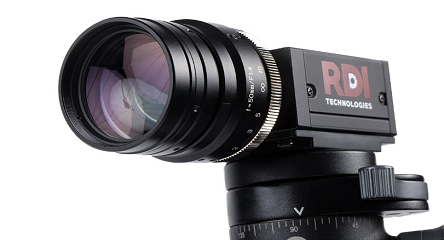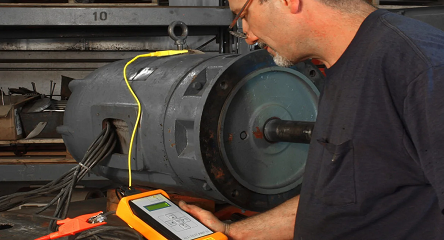This is a pet peeve so please excuse the breathless polemics.
It seems the game is optimization of everything. Squeeze out every bit of revenue or reduce expenses that you can. Examples abound. Squeeze airline seats until the flyers revolt. Then back off a bit and call it a victory. Run ads on YouTube videos so often that consumers are on the verge of clicking away. Lead the Google results with pages of paid listings. Manufacturing lead the battle.
Since the 1980s industries have been moving toward lean manufacturing. The ideas didn’t start in Japan, but the proponents of the Toyota Production System certainly turbocharged the spread. In the last 40 years ideas became more specific, more optimized, more mathematically based, and more global in impact.
I don’t know when the process started but the first, I heard of it was in the River Rouge Ford Motor plant where the Model T was assembled. In it, Henry Ford had all his raw materials sequenced to arrive when needed. This was much simpler because the Rouge facility did almost everything from making steel to fabricating its own parts.
Today supply chains were more like spider webs where the end product depended on supply from multiple sources moving in lock step to produce products.
Don’t get me wrong. This is great. We enjoy lower prices and better quality and the corporation can make bigger profits as a result. The issue is when the “good” idea is mis-applied.
In maintenance departments we howled when the “experts” told us to use JIT (Just in Time) to manage our storerooms. There was a fundamental misunderstanding of the consequences of over-optimization. The consequence was the inability to react to changes in almost any of the outside conditions. The loss of the buffers means that any screw-up effects the customer almost immediately.
In maintenance, the inadequacy is glaringly clear. A certain amount of optimization is very useful. Go beyond that and you are asking for excessive downtime and an excessive increase in the time waiting for parts (increasing the length of repair).
When you optimize the spare parts inventory, you use historical data to determine average usage and actual usage to determine maximum usage. The issue is that 70% of the inventory used does not have enough history to calculate optimized levels. In fact, the inventory might even never be used and should, even then, still be kept on the shelf.
Healthcare was late to the optimization party. In the battle for extra profit (or in some cases survival), hospitals started to take on optimization. Everything was studied. Hospitals got rid of (optimized) expensive beds and put up urgent care centers because they were more profitable. Coverage from specialists was being handled remotely.
Large inventories of PPE were replaced with small ones with monthly or even weekly drop offs. Whereas nurses were used to 1 or 2 patients in the ICU were now dealing with 3 or 4.
Then COVID hit. The first thing that disappeared was masks, then gowns and gloves. There were too few beds and too few ventilators. The strategic reserve of equipment and PPE (specifically set aside for pandemics and attacks) turned out to be an illusion.
No problem we were told. Everyone reordered what they needed. The big distributers would handle it. We find that the distributers had also optimized, so the pipeline was empty.
No problem we were told. We will turn to the supply chain and replenish the warehouses. The supply chain snapped. Manufacturers across the world were either closed from COVID or could not get components from their own supply chains because their vendors had the same problem.
Because we can optimize a process, service or function does not mean we should.
Use the right tool in the right situation.



Very good article..Too much optimization lead to Drought kind of a thing..
Relying too much on data analytics???
Thank you. Either too much dependence or too shallow analysis.